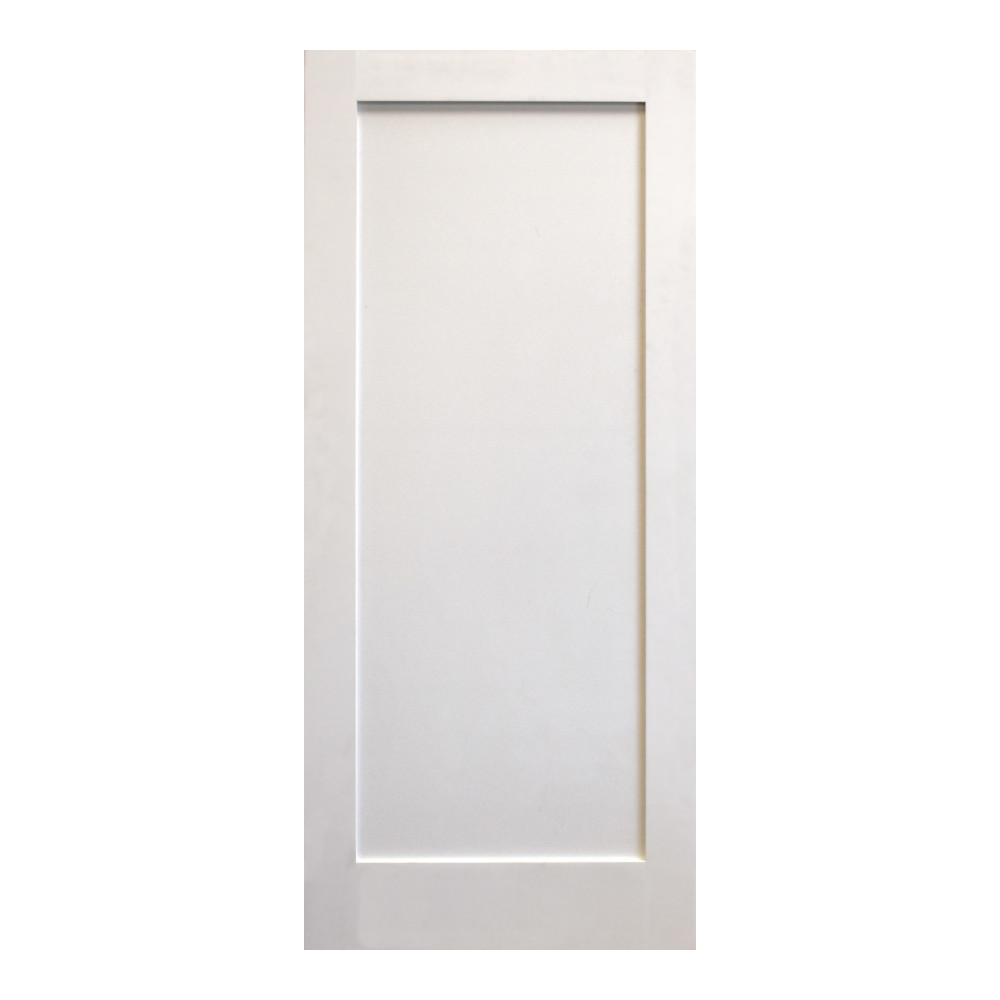

The non-porous surface and frameless vision section limits the possibility of dirt, grease and bacteria forming on the doors. Each door is purposely engineered with a non-porous door surface and a frameless vision section. Water-repellent fire doors leading to the waste disposal area.Speedflex food safe impact doors are the ideal solution for all food preparation and manufacturing applications.EI30, water-resistant doors to separate the kitchen from the dining area in a restaurant,.Some examples of applications for water-repellent fire doorsets: They can be fitted with locks, EI30 portholes or vision panels, different door closers and kick plates. HYDROFEU® SP150 water-repellent fire doorsets have a test report issued by the EFECTIS test laboratory certifying their suitability for installation in both plasterboard partitions and masonry walls. intumescent seals, positioned on the leaf and the frame, which swell under the effect of the heat and turn the door into an effective barrier against the spread of the fire.a leaf made of water-, impact- and scratch-resistant compact laminate,.a grade 304L stainless steel door frame which can be adapted for use in renovation projects, whatever the thickness of your partition,.These fire doors for restaurant kitchens meet hygiene requirements, while also protecting your customers and staff against fire. extremely resistant to impacts and scratches,.HYDROFEU® doors are a genuine innovation as they are capable of being all of the following at the same time:
#SWINGING KITCHEN DOOR WITH PORTHOLE PROFESSIONAL#
SPENLE has spent many months developing a brand new range of water-repellent fire doors designed specially for restaurant kitchens, and professional and institutional kitchens: the HYDROFEU® range. Fire doors in professional, institutional and restaurant kitchens need to be fire-resistant of course, but also water-repellent, water-resistant and rot-proof. But wooden doors generally withstand very poorly the moisture and the indispensable regular cleaning. Until now, the practice was usually to fit food standard doors (made of coated sheet steel, polyester, polyethylene or stainless steel) when hygiene was paramount, and wooden doors whenever a fire rating was required.

It is the architecture design office or the planning permission body that will determine whether a fire rating applies to the different doors in a kitchen. Most of the doors in a kitchen, and in particular the traffic doors inside the kitchens themselves, are not required to be fire doors.Īs a general rule, it is mainly the doors separating the kitchen from the dining rooms and, in some cases, from the waste disposal area, that have to be fire doors. Only a few doors in a professional or institutional kitchen will be subject to fire rating requirements. Professional and institutional kitchens have already long been subject to very strict hygiene standards to guarantee food safety for their customers, and now they are faced with changes in fire safety standards, which are becoming more and more stringent. Resistant to wet environments, compliant with food and fire safety standards See the products Water-repellent fire doors for professional kitchens


 0 kommentar(er)
0 kommentar(er)
